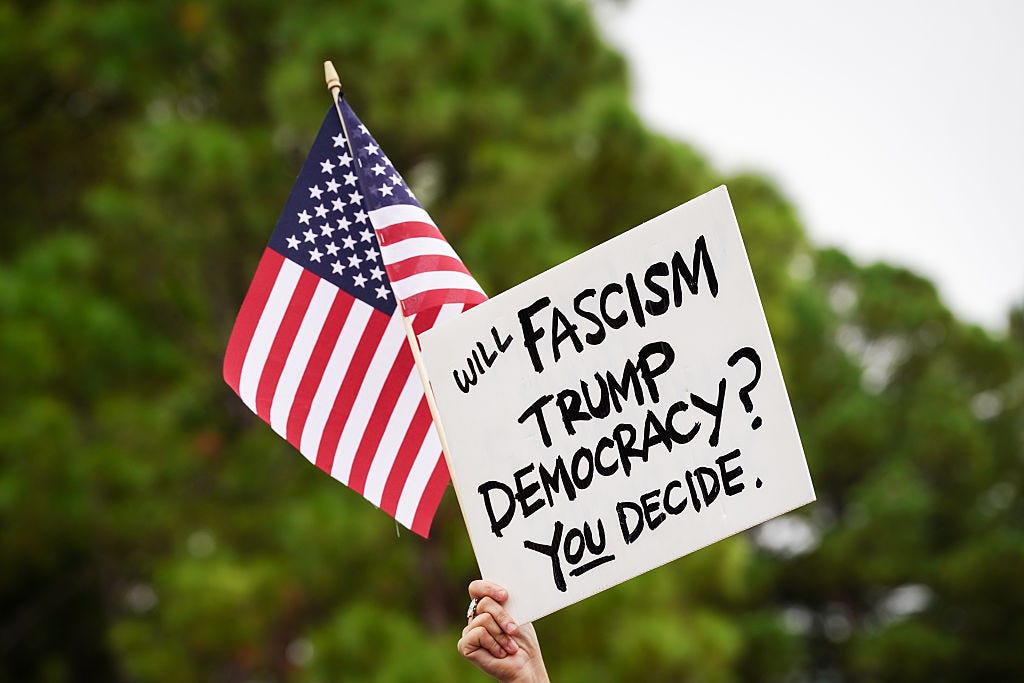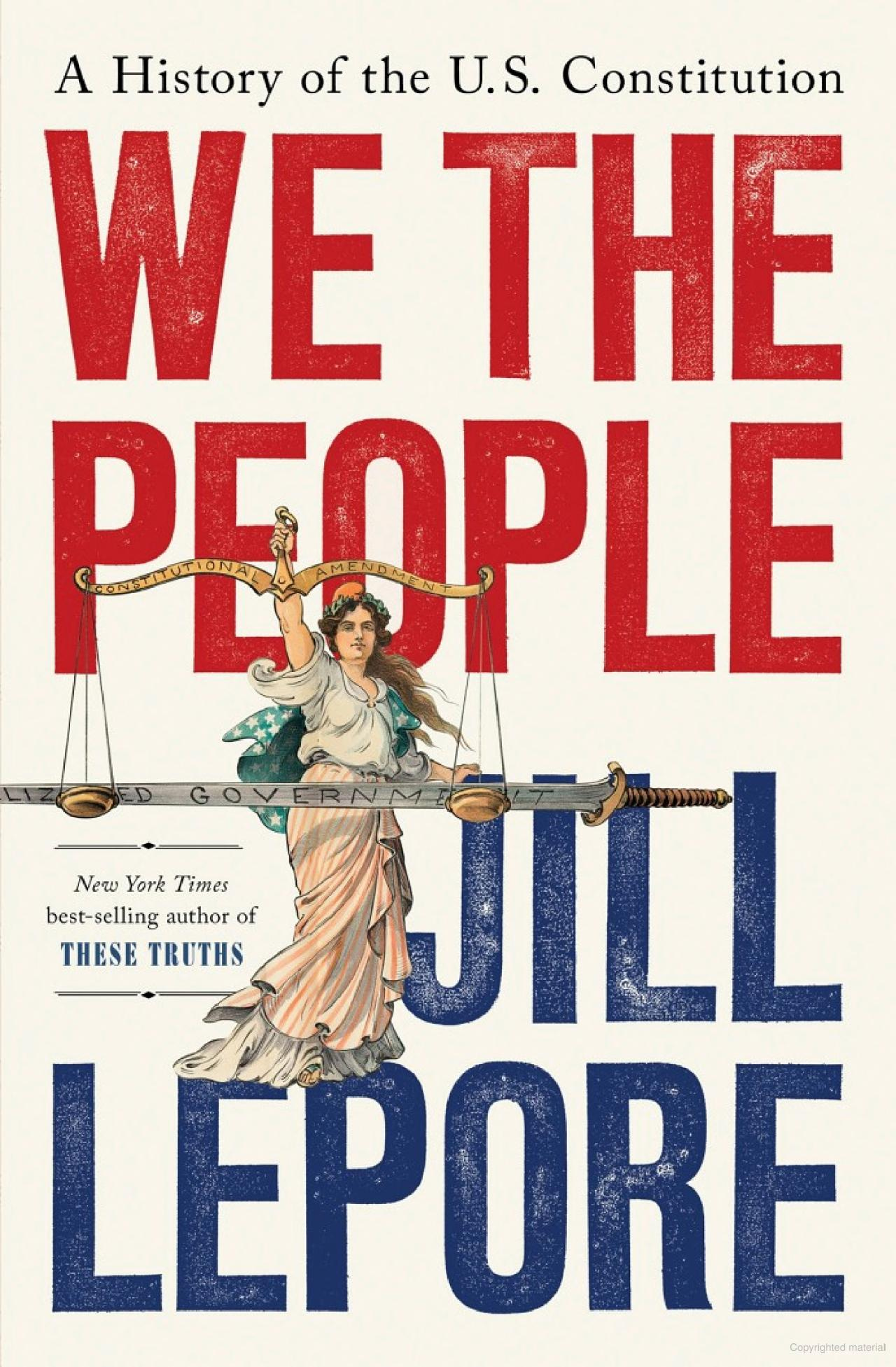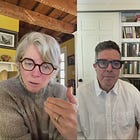Is the power of the people bigger than the people in power?
The No Kings protests were exactly what the founders wanted — just look to the U.S. Constitution.
Good morning, Ink Book Club members, and happy Sunday!
Did you join a No Kings protest yesterday? My New Jersey town teamed up with neighboring South Orange, and we gathered on a gorgeous fall day to celebrate our commitment to democracy and to protest an administration that each day brings us closer to tyranny. It was exhilarating to be part of it, though singing “This Land Is Your Land” with the crowd brought many of us to tears. We felt connected with the millions of others around the world engaging in this crucial battle. Our country turns 250 next year; we’ve built a story on protests, boycotts, radical new ideas, and revolution. These forms of resistance — people power — are as American as you can get, and that’s at the heart of the U.S. Constitution.
Jill Lepore, historian and author of our October Book Club selection, We the People: A History of the U.S. Constitution, reminded us during our Friday discussion that Americans fought hard to create a founding document that would ensure popular sovereignty. This didn’t happen by magic. Though the framers believed in self-government (they invented the idea, after all), Lepore told us that “they were also suspicious of it. People in power don’t really like the idea of ordinary people having the ability to change the structure of the government.” That’s among the reasons early versions of the U.S. Constitution didn’t include language that would let it evolve and change over time via amendment. People fought for that — in Massachusetts, for example, where the legislature wrote a constitution and sent it to the towns to ratify. They rejected it, and constitutional conventions began to incorporate the ideas of ordinary people into their founding documents. People power is where it all began — and that’s where change is going to come from, again.
We’ll talk about all this and more when we meet again with Jill Lepore this Wednesday, October 22, at 12:30 p.m. Eastern. We hope you’ll join us! Below, for our Book Club members, you’ll find some questions to think about in the lead-up to our conversation, and as always, share with us any other questions you’d like us to raise.
The Ink Book Club is open to all paid subscribers to The Ink. If you haven’t yet become part of our community, join today. And if you’re already a member, consider giving a gift or group subscription.






